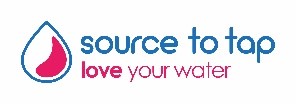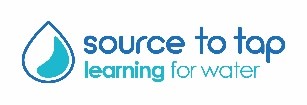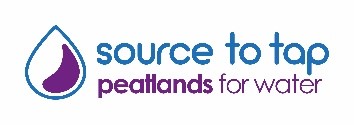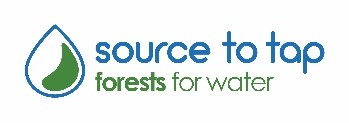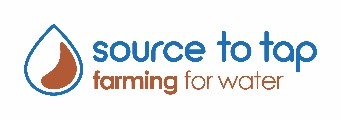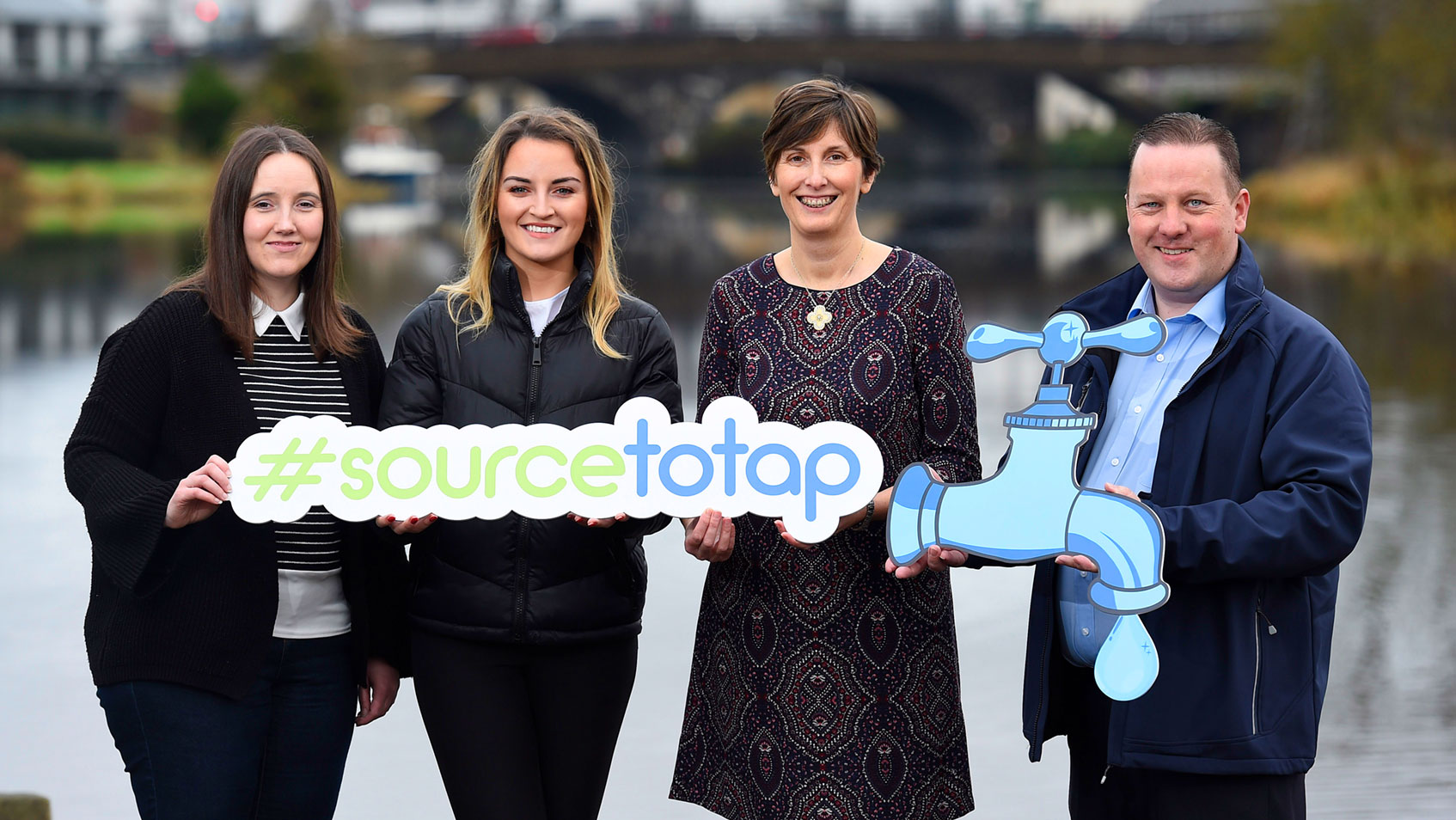
Source to Tap is a €4.9m project to protect and improve our rivers and lakes in the Erne and Derg cross border catchments. The project is funded and supported by the European Union’s INTERREG VA Programme, with match funding from the Department of Agriculture, Environment and Rural Affairs (DAERA) in Northern Ireland and the Department of Housing, Planning and Local Government (DHPLG) in Ireland.
NI Water is the lead partner and the Source to Tap project unites water companies from both sides of the Ireland-Northern Ireland border, with Irish Water a partner as well as bringing together the Agri-Food Biosciences Institute, Ulster University, The Rivers Trust and East Border Region.
Water catchments are designed to be the first stage of a multiple barrier approach to water treatment. Diffuse water pollution and poor land management practices can pollute surface and ground water supplies with substances such as pesticides, bacteria and soil which run off the land. This run-off will increase the colour, turbidity, total organic carbon and suspended solids in the water which is then abstracted to be treated for drinking water supply. When these substances are in the water in large or varying amounts it can increase the capital and operating costs at the Water Treatment Works. The Source to Tap project will trial pilot studies to reduce pesticides and sediments getting into the water in the first place, and raise awareness of the importance of protecting our precious drinking water resource.
The project includes a number of different work packages:
|
This seeks to empower and build capacity among the local communities by training volunteers to monitor the riverfly life in a selected river and report and changes in quality. To date the project has trained 31 volunteers within the Erne and Derg catchments in the Riverfly monitoring technique. |
|
This aspect of the project aims to raise awareness of the connection between our rivers and lakes and what comes out of the Tap. It includes an education programme aimed at upper primary and lower secondary school aged children. This offers 5 units covering where water comes from, how rivers are formed, what lives in our rivers, how rivers are polluted and how does it get from our rivers and lakes to our taps? As well as this there has been a series of roadshows and information events raising awareness of the project and asking the local community to share their vision for their local rivers and lakes. More events are planned for autumn 2019. |
|
The peat pilot aims to trial a restoration technique on an area of peatbog owned by Forest Service that has recently been felled. This pilot is in the planning stages and should start in early 2020. |
|
The forestry best practise pilot is trialling mechanisms over and above the best practice already in place by Forest Service and Coillte. It aims to trial techniques to reduce run-off and sediment loss from harvesting operations. |
|
A land incentive scheme is being piloted in the Derg catchment and provides 100% grants to farmers to change their land management practices to reduce pesticide and sediment loss. To date over 100 farmers have contacted the project and received visits from Project Officers. The Project Officers have carried out field visits and made recommendations for measures farmers could put in place to improve business efficiency whilst at the same time benefitting the environment. |
As well as carrying out these pilots a programme of monitoring is underway to evaluate and measure the impact of these pilots. Once the data is gathered the outcomes will be evaluated using the UK Water Industry Research (UKWIR) framework for quantifying the benefits of catchment management initiatives. The framework helps to provide a conceptual approach for determining the cost-effectiveness of catchment management schemes.
The output from the project will be a best practice guide detailing what has worked well and what didn’t work well, informing future practice in NI, Ireland, and the UK and beyond.
For further information see:
